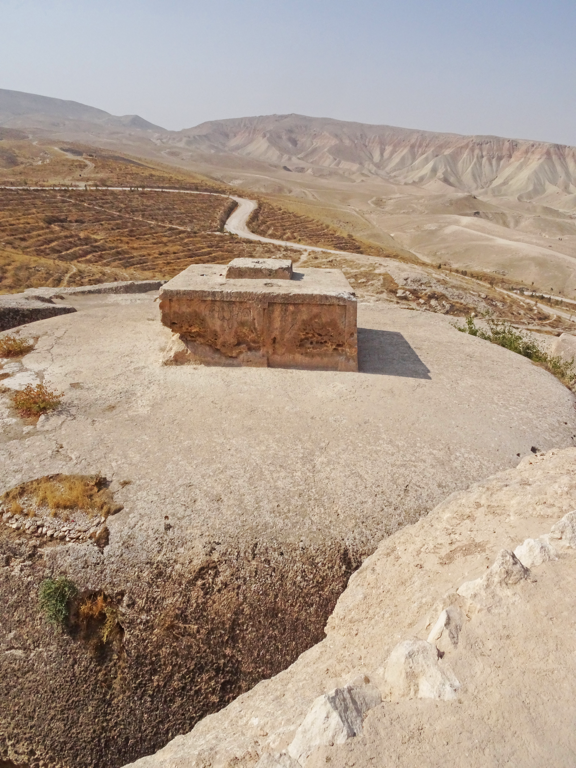Steeped in history, Takht-e Rostam is an ancient archaeological site in Afghanistan. It’s a testament to the country’s rich cultural heritage. The site includes a stupa-monastery complex carved into a mountain. This reflects the influence of Buddhism in the region. Visitors are often captivated by the blend of cultural elements evident in the site’s art and architecture. Takht-e Rostam is not only a symbol of Afghanistan’s historical religious diversity. It also stands as a beacon of the intricate craftsmanship of ancient times.
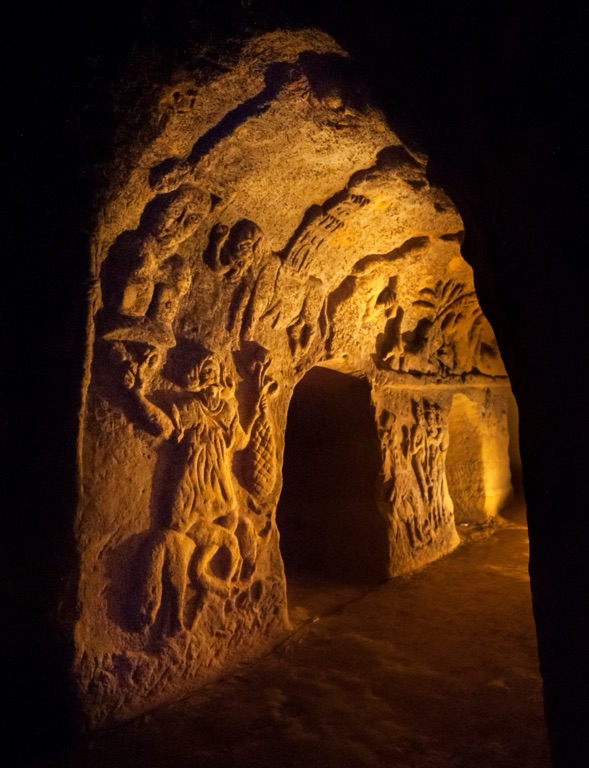
Grotte di Osimo
Embark on a journey through time at Grotte di Osimo, an intriguing historical site nestled in the heart of Italy. Each cave tells its own story, etched into the stone over centuries. The caves, a labyrinth of man-made chambers, unveil a past intertwined with mystery and human ingenuity. Explore the whispers of an ancient community who carved their lives underground. Revealed secrets and tales of their purposes provide visitors with a glimpse into their ingenious adaptation to life beneath the earth.
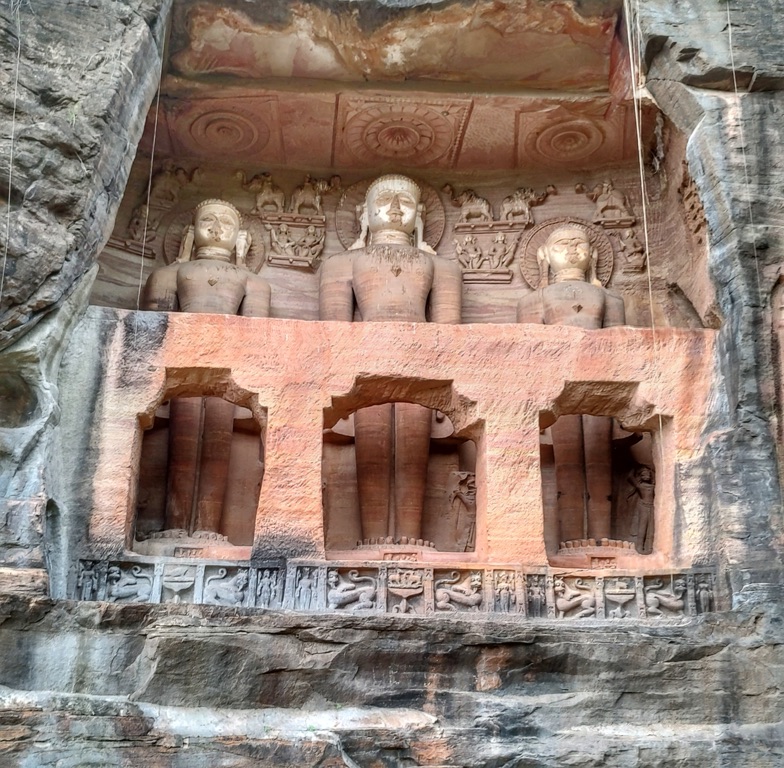
Siddhachal Caves
The Siddhachal Caves, nestled in the Gwalior Fort complex, stand as a testament to ancient Jain traditions. Sculpted from solid rock, these caves are more than mere shelters; they are intricate pieces of art. Carvings reflecting the Tirthankaras in various postures showcase the artisans’ devotion. The caves served as a spiritual retreat for Jain monks thousands of years ago. Today, they invite visitors to step back in time and marvel at their serene ambiance and architectural grandeur.
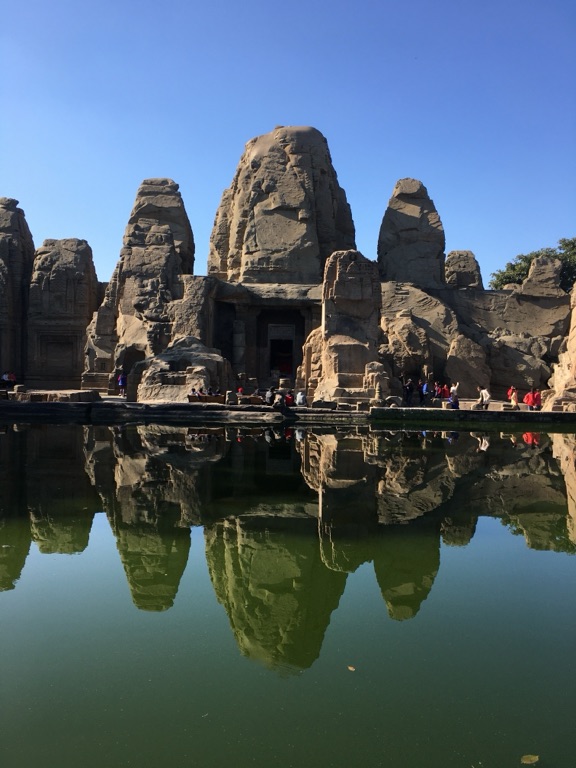
Masroor Rock Cut Temple
The Masroor Rock Cut Temple stands as a testimony to North India’s bygone era. Nestled in the Kangra Valley of Himachal Pradesh, this enigmatic complex boasts 15 monolithic temples. They are shrouded in the lore of the Pandavas from the epic Mahabharata. Most striking is the temple’s detailed carvings, resembling the grandeur of the Ellora Caves. This architectural marvel mirrors elements of Indian mythology, with idols of deities like Lord Ram, Sita, and Lakshman gracing its chambers. Travelers flock to marvel at the temple’s unique blend of Indo-Aryan style and to unravel its historical mysteries.
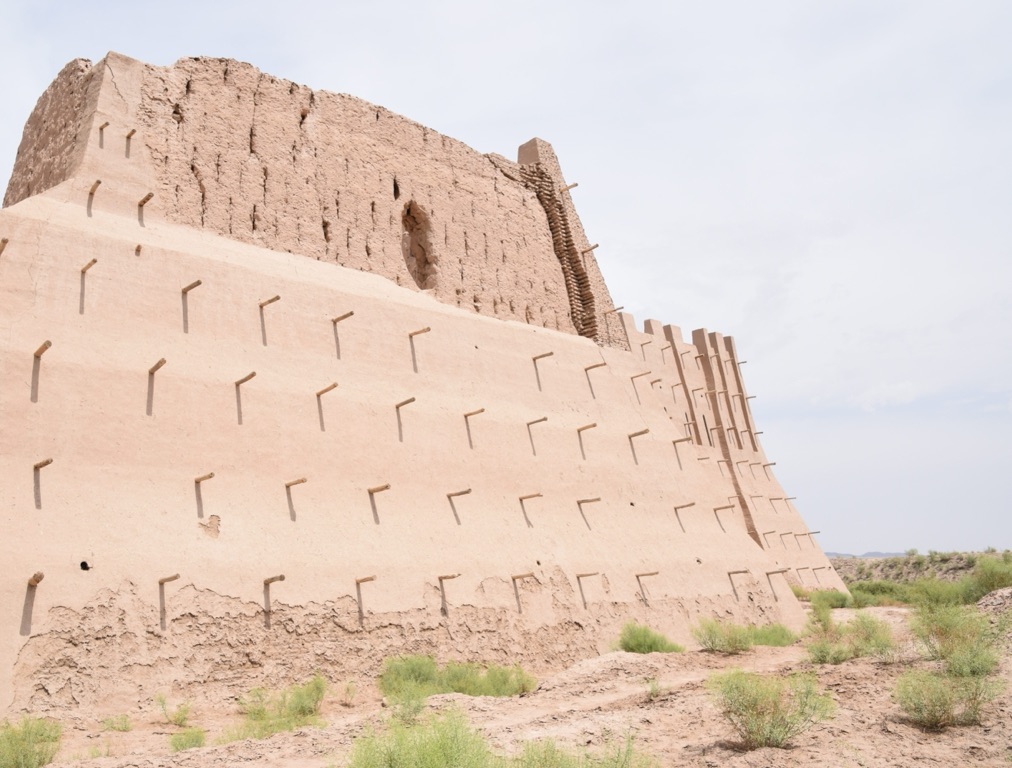
Ayaz Kala Fortress
Ayaz Kala Fortress stands as a reflection of the ancient desert landscape of Uzbekistan. This majestic site, consisting of a group of fortresses, dates back to the early first millennium. Located in the heart of the Kyzylkum Desert, it’s a stunning reminder of the region’s rich history. The site includes three main fortresses, aptly named Ayaz Kala 1, 2, and 3. Each served a unique purpose, from defending against nomadic tribes to acting as a royal residence. The earthen architecture marvelously withstands the test of time, drawing visitors into a bygone era.
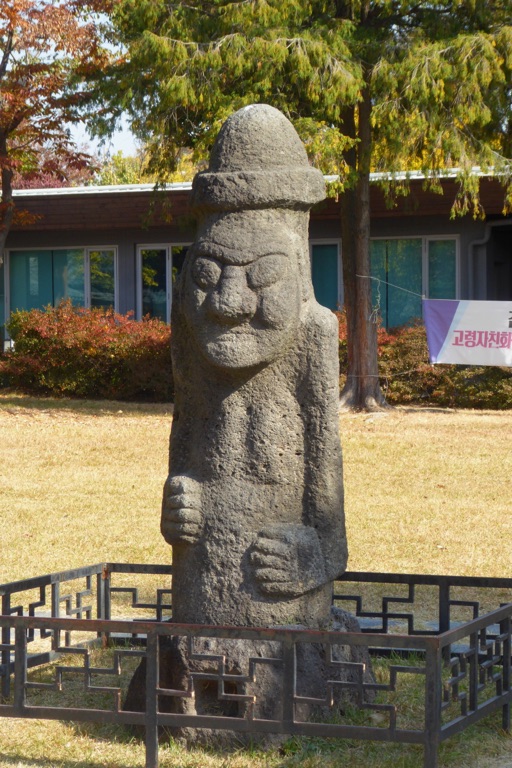
Dol hareubang
Dol hareubang, also known as the stone grandfathers, stand sentinel across Jeju Island, South Korea. These statues are emblematic of the island’s unique culture and history. Crafted from porous basalt volcanic rock, each Dol hareubang features a broad, smiling face, bulging eyes, a long nose, and a cap resembling a mushroom. Believed to be guardians against evil spirits, they symbolize protection and fertility. Locals began carving Dol hareubang in the 18th century, and they quickly became a distinct symbol of the island. These mysterious figures invite intrigue and admiration for their craftsmanship and the traditions they uphold.

